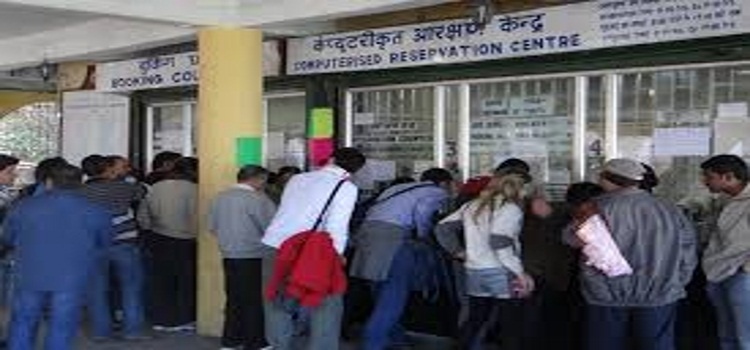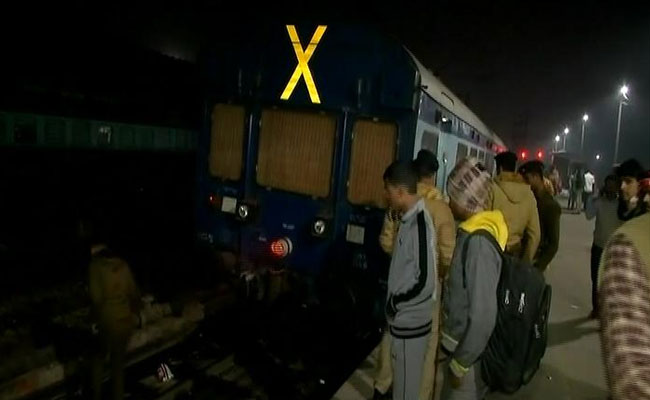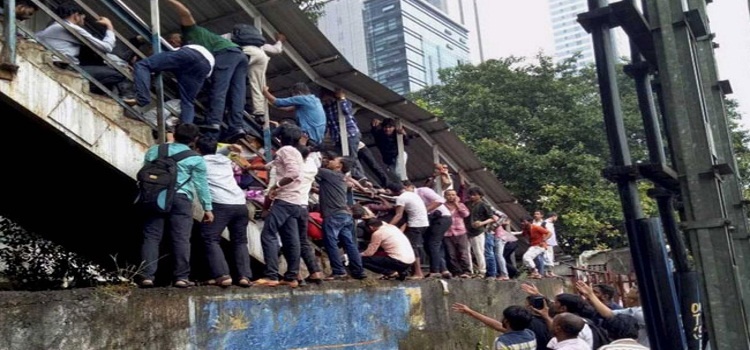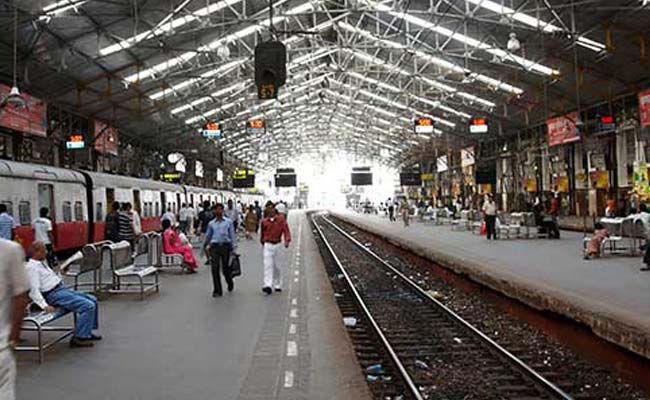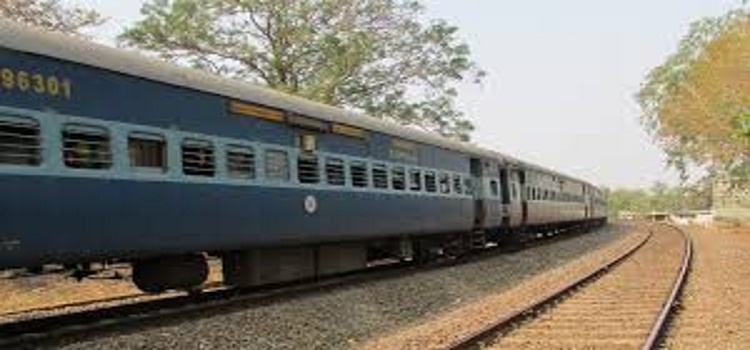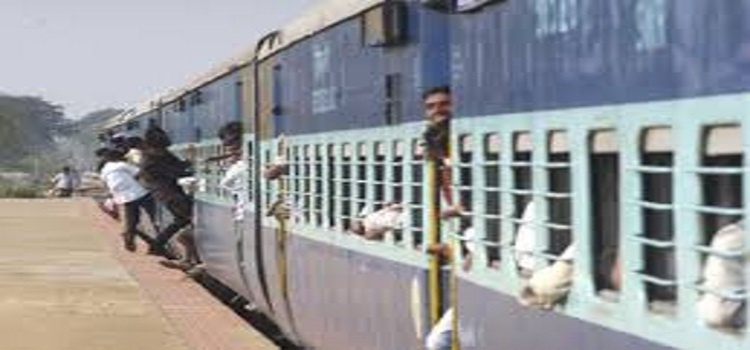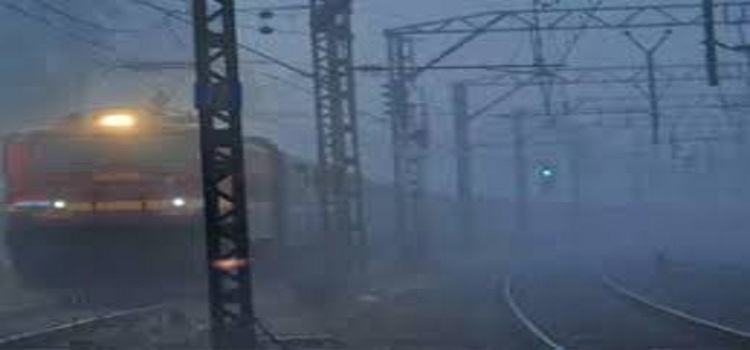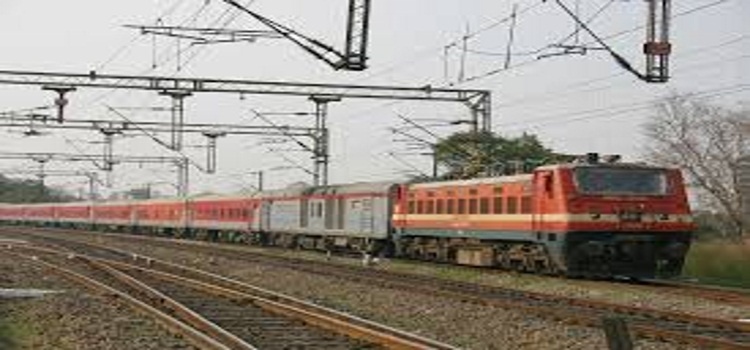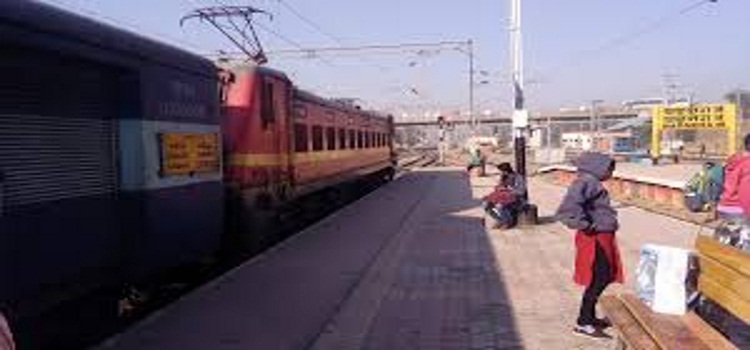
In a major policy decision, Ministry of Railways has comprehensively revised categories of various Railway Stations with a view to make it more practical and rational.
This comes after the Minister of Railways & Coal, Piyush Goyal directed to re-categorize railway stations taking into account earnings, passenger footfall, strategic importance with a view to plan various passenger services and passenger amenities at stations in a more effective and focused manner. It will also help the passenger to have a better experience in relation to travel amenities at stations.
The earlier criteria for station categorisation was based on the annual passenger earnings only. Stations were categorised into 7 categories which A-1, A, B, C, D, E and F.
The criteria for categorisation of stations have now been revised to include footfalls at the station. The stations have been further segregated based on the type and clubbed into 3 groups i.e. non-suburban (NS), suburban (S) and Halt (H). Further these groups have been put in grades ranging from NSG1-6, SG1-3 and HG1-3 respectively.
In the old criteria the number of stations with high passenger footfalls (handling high number of commuter and MST pass holders etc.) could not be covered into the higher category of station which led to these stations being eligible for lower level of amenities.
As per the new criteria the number of footfalls has also been given equal weightage and is taken into account as criteria for categorisation of stations. Therefore, many stations like Kalyan, Panvel, Tambaram, Thane have qualified into the higher category and become eligible for higher level of passenger amenities.
Under this new scheme of categorization of railway stations, the stations have been clubbed into 3 groups namely Non-Suburban, Suburban and Halt. Further, these groups have been put in different grades ranging from 1-6. Accordingly following categories have been formed.
| Category of stations | Criteria of Earnings (in Rs.) | Criteria of outward Passengers handled | ||||
| I. Non-Suburban | ||||||
| NSG 1 | More than 500 Crore | More than 20 Million | ||||
| NSG 2 | 100 to 500 Crore | 10 to 20 Million | ||||
| NSG 3 | 20 to 100 Crore | 05 to 10 Million | ||||
| NSG 4 | 10 to 20 Crore | 02 to 05 Million | ||||
| NSG 5 | 01 to 10 Crore | 01 to 02 Million | ||||
| NSG 6 | Upto 01 Crore | Upto 01 Million | ||||
| Total of (I) 5976 | ||||||
| II. Suburban | ||||||
| SG 1 | More than 25 Crore | More than 30 Million | ||||
| SG 2 | 10 to 25 Crore | 10 to 30 Million | ||||
| SG 3 | Upto 10 Crore | Upto 10 Million | ||||
| Total of (II) 484 | ||||||
| III. Halts | ||||||
| HG 1 | More than 50 Lakh | More than 03 lakh | ||||
| HG 2 | 05 to 50 lakh | 01 to 03 lakh | ||||
| HG 3 | Upto 05 lakh | Upto 01 lakh | ||||
| Total of (III) 2153 | ||||||
| Total Number of stations (I+II+III) 8613 | ||||||
Presently, there are 5976 Non-Suburban Railway Station, 484 Suburban Railway Stations and 2153 Halts, which makes total number of stations as 8613. This categorization of stations has been done for the period 2017-18 to 2022-23.
General Managers shall have powers to categorize a station as NSG-4 category if it is a place of Tourist importance and/or is an important junction station.
In addition, Ministry of Railways has given GMs full powers to sanction out of turn safety related works without any limit. The following amenities will be provided at all the stations irrespective of their category for safe performance of journey by passengers:
- Foot over bridge
- High level platform
- Trolley path for movement of wheel chair
For improving stations and passenger interfaces: More amenities has been provided to lower category of stations like:
- Waiting halls
- Platform shelters
- Lifts
- Escalators
- Digital charts display
- Illumination
- The train/coach indication board
In view of the new criteria even the small station will get the higher level of amenities which will lead to better passenger satisfaction.

